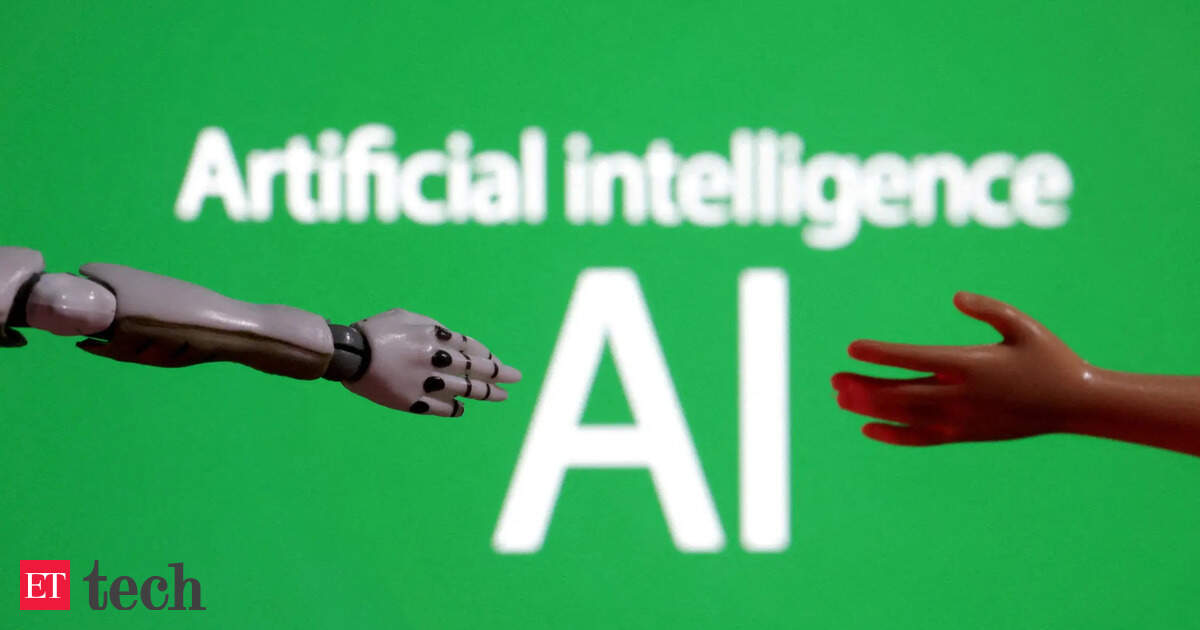
Dr. Sumeet Chugh, a prominent figure in cardiovascular research, has been named vice dean and chief artificial intelligence (AI) health research officer at Cedars-Sinai Medical Center. This promotion recognizes Dr. Chugh’s pioneering contributions to the understanding and prediction of sudden cardiac arrest, a condition that is often fatal and challenging to diagnose in advance.
Over the course of his career, Dr. Chugh has focused on identifying early warning signs and risk factors for sudden cardiac arrest. His efforts have led to innovative techniques for prediction, which hold the potential to save lives by enabling earlier interventions. These research achievements are especially significant given that sudden cardiac arrest is responsible for the majority of natural deaths in the United States.
In his new role, Dr. Chugh will oversee and guide the integration of artificial intelligence technologies into healthcare research at Cedars-Sinai. By leveraging AI, he aims to enhance predictive models, improve patient outcomes, and streamline clinical practices. The appointment aligns with Cedars-Sinai’s broader mission to position itself at the forefront of technological innovation in medicine.
Dr. Chugh’s promotion reflects both his scientific accomplishments and his leadership in translating complex data into practical medical solutions. As AI continues to revolutionize healthcare, his dual expertise in cardiology and machine learning will contribute to the development of next-generation tools that could transform patient care.
Cedars-Sinai, known for its commitment to cutting-edge medical research, anticipates that Dr. Chugh’s leadership will further elevate its national and global presence in the AI healthcare landscape. His new responsibilities will include fostering interdisciplinary collaboration and accelerating the adoption of AI in clinical settings.
With this appointment, Cedars-Sinai underscores the vital role of artificial intelligence in modern medicine and affirms its dedication to advancing research that directly impacts patient health and safety.
Source: https:// – Courtesy of the original publisher.








